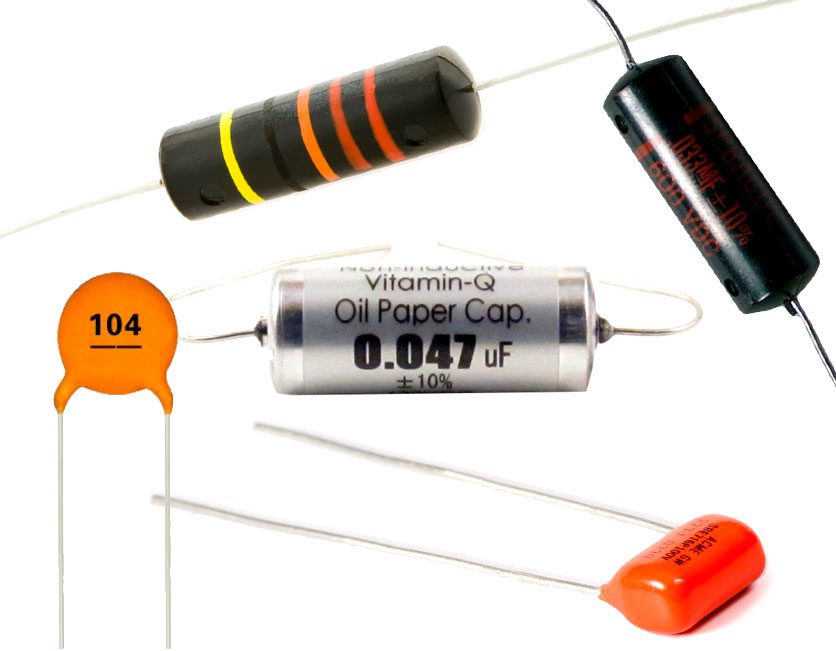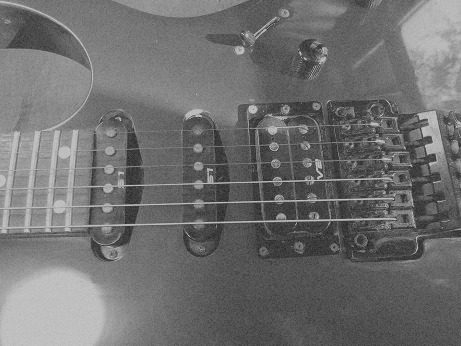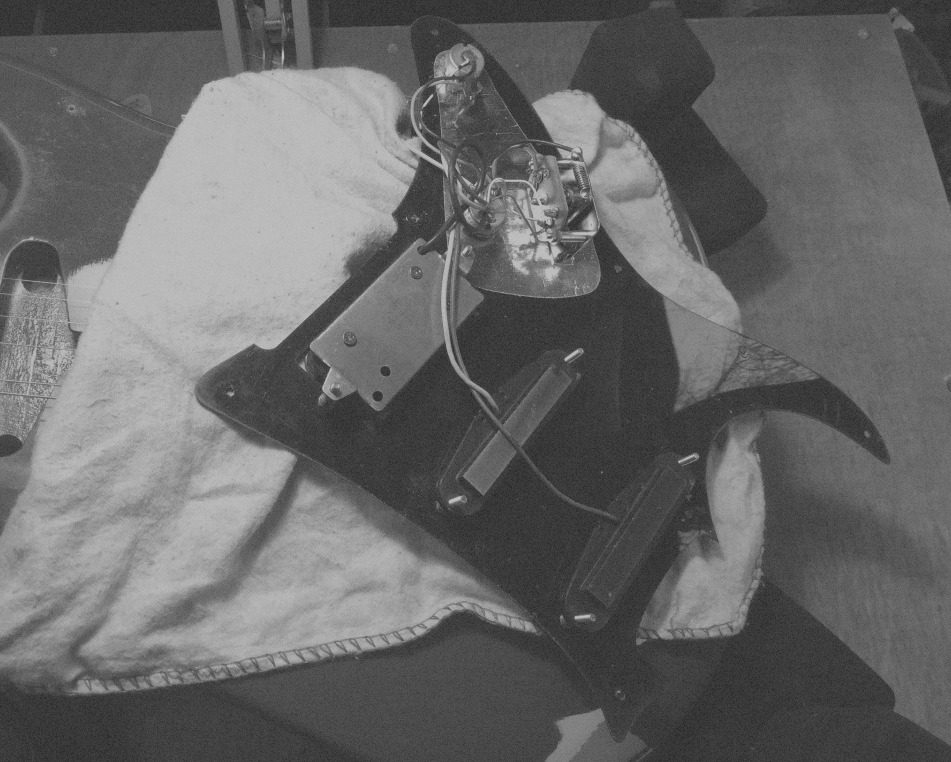Capacitors: Values and Types
Capacitors: Values and Types October 29, 2022 John There a few topics more likely to cause arguments on guitar forums than capacitors (caps). So, let’s have a look at what’s really going on. In a guitar signal path (note that I am not using the term ‘circuit’ – more on that later), capacitors are usually […]
Read More →





